How to Create an Ideal Habitat for Your Pearl Cockatiel
Learn how to create a perfect habitat for your Pearl Cockatiel. From cage size to toys and feeders, ensure a happy, healthy bird environment.
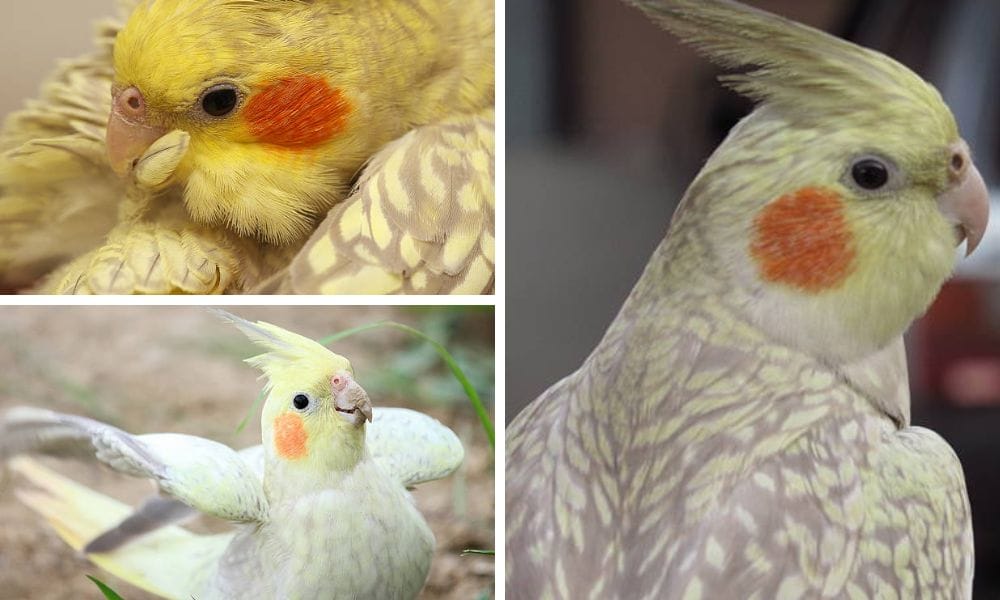
Key Takeaways:
- Understand the unique needs of pearl cockatiels to create a comfortable and stimulating environment.
- Learn how to maintain a healthy diet and prevent common health issues in pearl cockatiels.
- Discover the importance of social interaction and mental stimulation for your feathered friend.
Pearl cockatiels, with their striking patterns and docile personalities, are a popular choice among pet bird enthusiasts. Creating an ideal habitat for these charming birds is crucial for their well-being and longevity. This comprehensive guide will walk you through the steps to ensure your pearl cockatiel thrives in its home environment.
Understanding Pearl Cockatiels
Pearl cockatiels, part of the cockatoo family, are known for their beautiful markings. Most pearl cockatiels exhibit a pattern of golden pearls across their light blue-gray feathers, which can be more pronounced in females. The males lose some of their pearliness after their first molt, often resulting in a more grey color with less distinct markings.
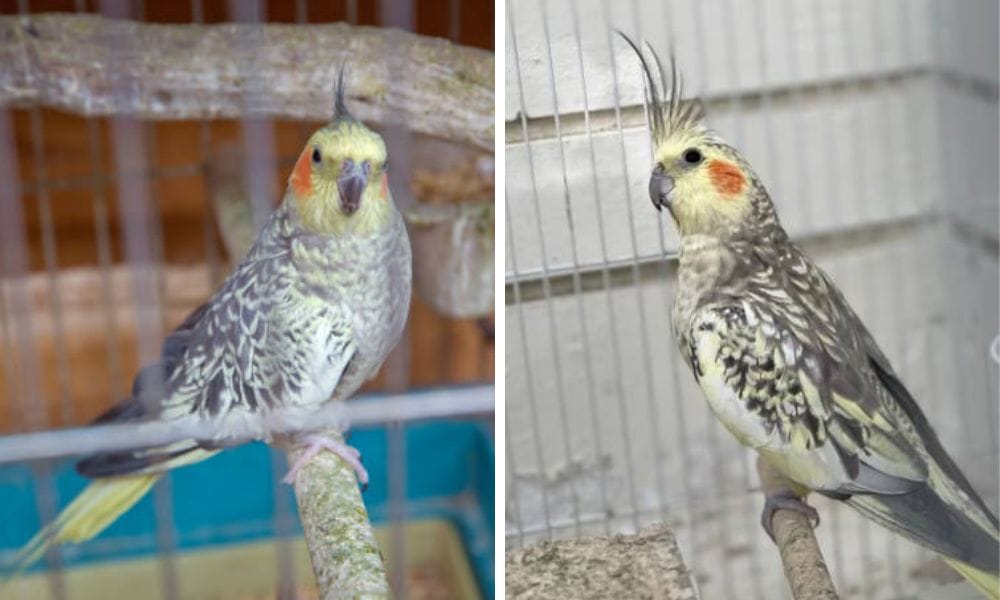
Recognizing the Pearl Mutation
The pearl cockatiel is a color mutation first discovered in captive cockatiels. The pearl pattern is a sex-linked mutation, with females retaining their pearl patterns throughout life. Young males may display the pattern until their juvenile molt, after which the grey feathers typically dominate.
The Ideal Cage Setup
When selecting a flying cage for your pearl cockatiel, size matters. The cage should be large enough to allow your bird to stretch its wings and fly short distances. Horizontal bars are beneficial for climbing, and the cage should be equipped with perches of varying diameters to promote foot health.
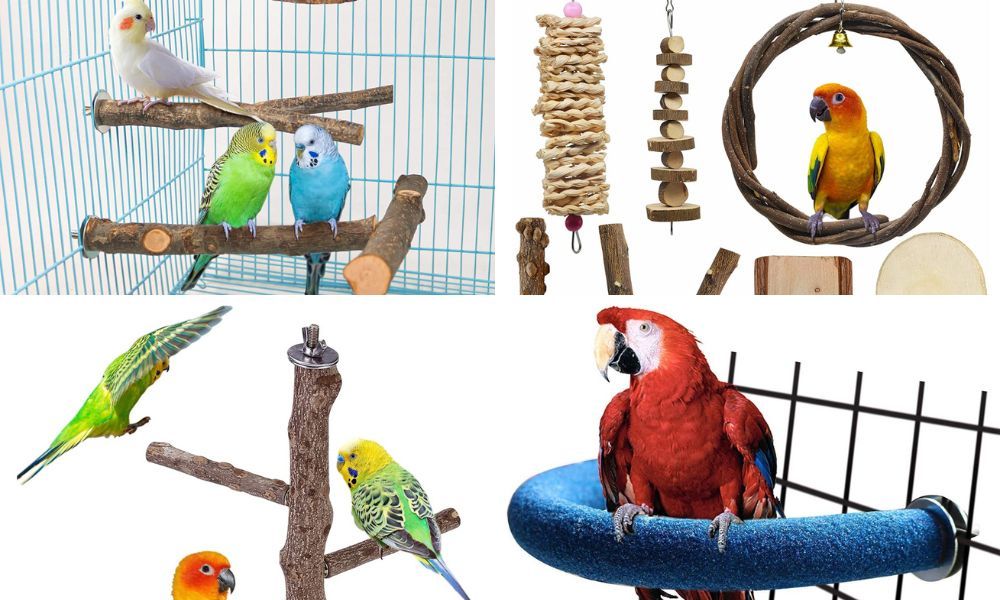
Cage Placement and Environment
Place the cage in a well-lit area away from direct sunlight and drafts. Pearl cockatiels enjoy being part of the family, so a living room or another area where they can observe daily activities is ideal. Ensure the room temperature is comfortable, avoiding extreme heat or cold.
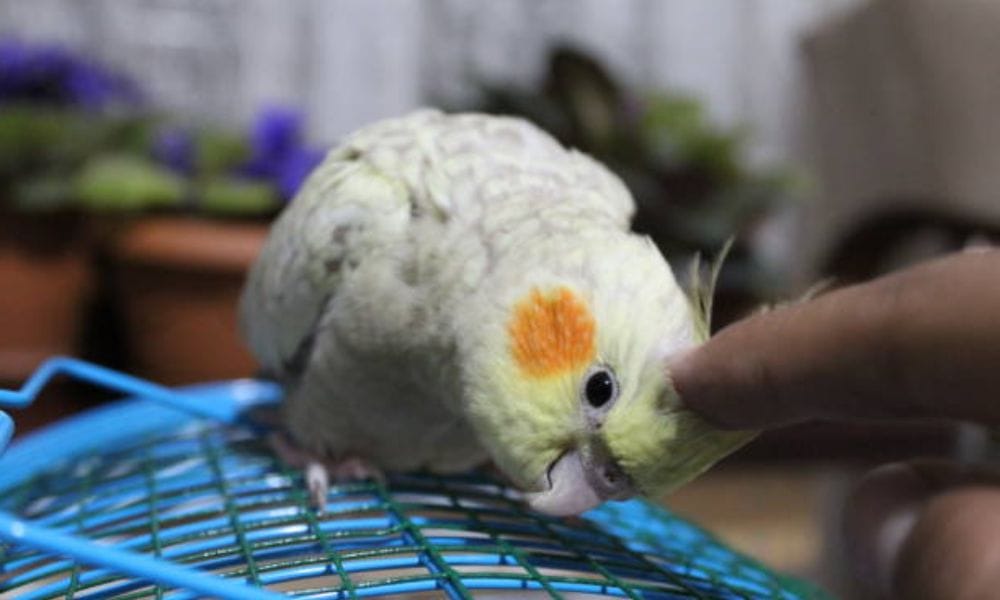
Perches and Toys
Perches should be made from natural wood to mimic the cockatiel's wild habitat. Toys are essential for mental stimulation; look for toys that encourage foraging, chewing, and problem-solving. Rotate toys regularly to keep your bird engaged and curious.
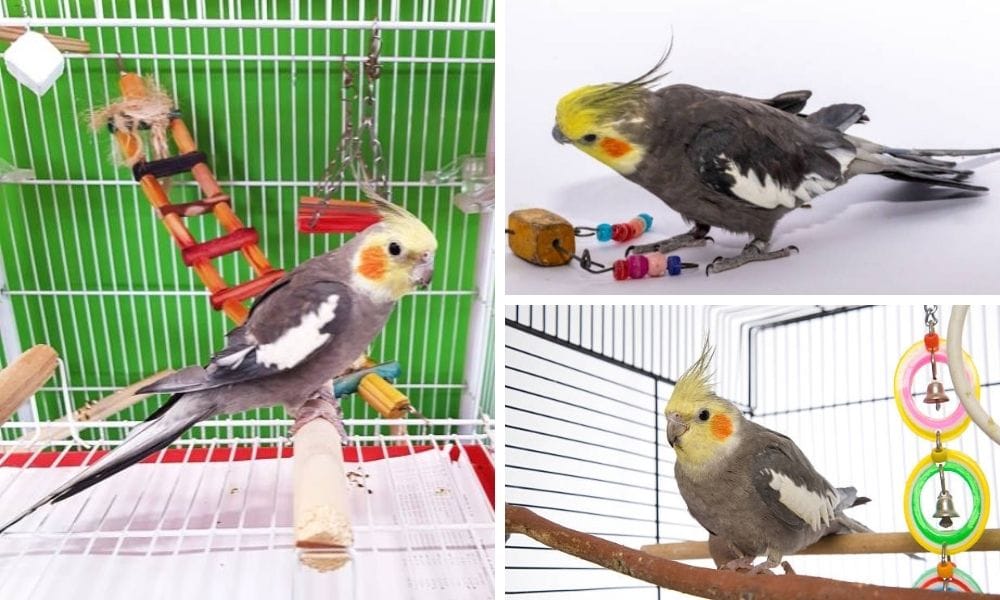
The Importance of Diet
A balanced diet is crucial for your pearl cockatiel's health. Offer a variety of seeds, pellets, and fresh fruits and vegetables. Avoid avocado and chocolate, as these can be toxic to birds. Ensure fresh water is available at all times.
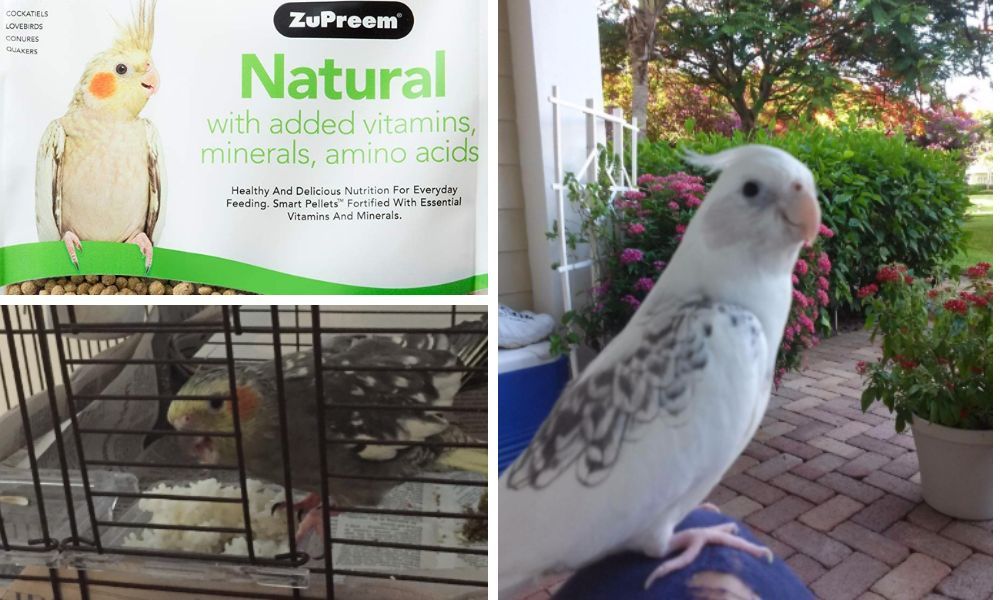
Preventing Fatty Liver Disease
Fatty liver disease can be a concern for pet birds, including pearl cockatiels. To prevent this, provide a diet low in fat and high in nutrients. Encourage exercise by allowing your bird to fly in a safe, enclosed area outside of its cage.
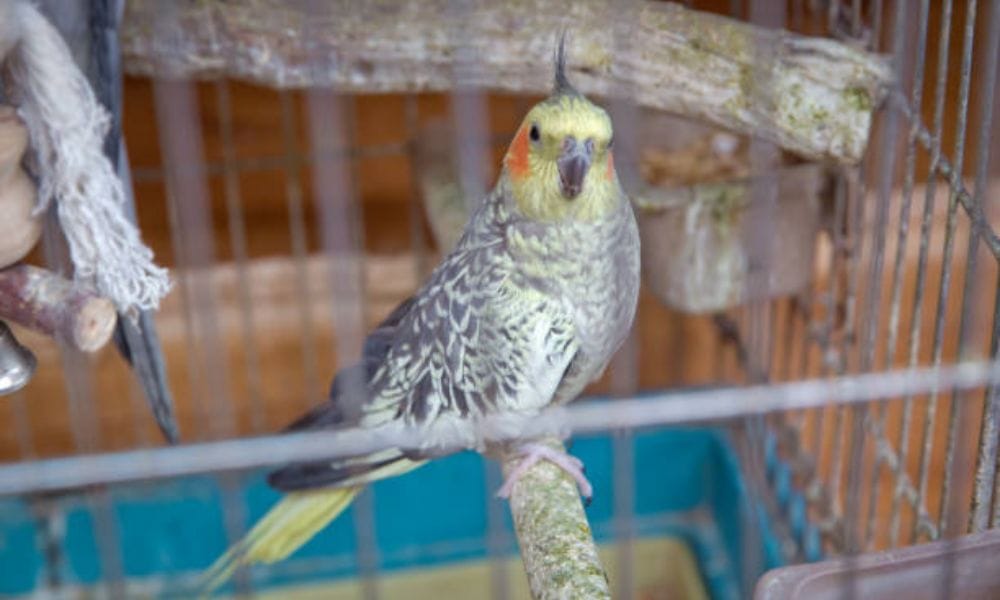
Social Interaction
Pearl cockatiels are social creatures and thrive on interaction with their human companions. Spend time each day talking to and playing with your bird. Training sessions not only strengthen your bond but also provide mental stimulation.
The Splendor of Pearl Cockatiel Plumage
Pearl cockatiels, often referred to as pearly tiels, are a visual delight with their unique feather patterns. The hallmark of these birds is their scalloped feathers, predominantly seen on their back, wings, and tail feathers. The base color often starts as a light blue-gray, transitioning into the intricate pearl patterns. This is especially prominent in female cockatiels, as they retain these markings throughout their lives, while males may lose them after their first molt, reverting to a gray body with typical cockatiel markings. Bird owners are often captivated by the pearly tiels' appearance, which can range from silver pearls to warm tans, depending on the specific breeders and their breeding practices.
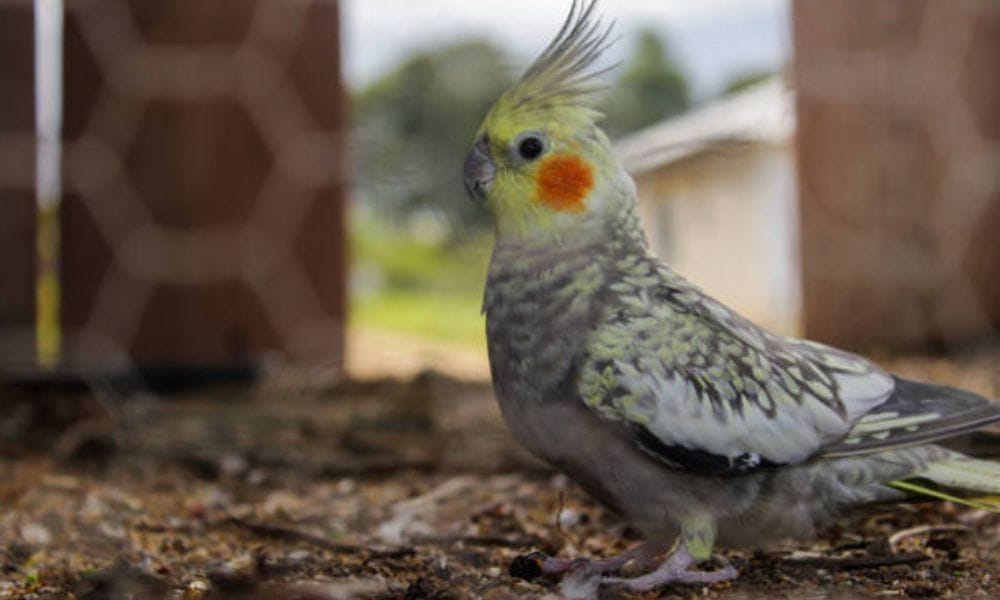
The color pigment in these birds is a result of a sex-related genetic mutation, first observed in captive cockatiels. The mutation affects the distribution of melanin and yellow pigmentation, leading to the beautiful patterns that make pearly cockatiels stand out. Young birds exhibit the mutation with a more yellowish face and yellow crest, which can be a helpful indicator for breeders and owners to identify young cockatiels. The laced cockatiels, another variant, display a cinnamon brown color with a yellowish infusion, adding to the diversity of the pearl cockatiel family. It's important for bird owners to note that the intensity and distribution of the pearl patterns can vary widely among individual birds.
The Evolution of Pearl Cockatiel Varieties
Have you ever marveled at the stunning variety of pearl cockatiels? From the light blue gray feathers to the distinctive orange cheek patch, these birds are a sight to behold. The first cockatiel mutation, observed time and again in wild cockatiels, paved the way for the diverse range we see today. The pearl tiels, with their intricate patterns and soft grey colors, are particularly captivating. It's fascinating to think that each variation, from lutino cockatiels to cinnamon pied pearly ones, started from a common ancestor. The description of cockatiels has evolved as breeders have selectively enhanced these beautiful traits.
In the avian world, opaline cockatiels and white faced cockatiels stand out with their unique markings. The white wing bars on a light pied or the pearly whiteface with its contrasting colors are just a few examples of the stunning diversity. These sex-related genetic mutations have given us a spectrum of colors that make identifying and classifying these parrots an enthralling experience. Image credits in birdwatching magazines often showcase these varieties, highlighting the many birds that have been initially discovered and bred for their exquisite appearance. The pearl cockatiel's evolution is a testament to the beauty of natural and selective breeding.
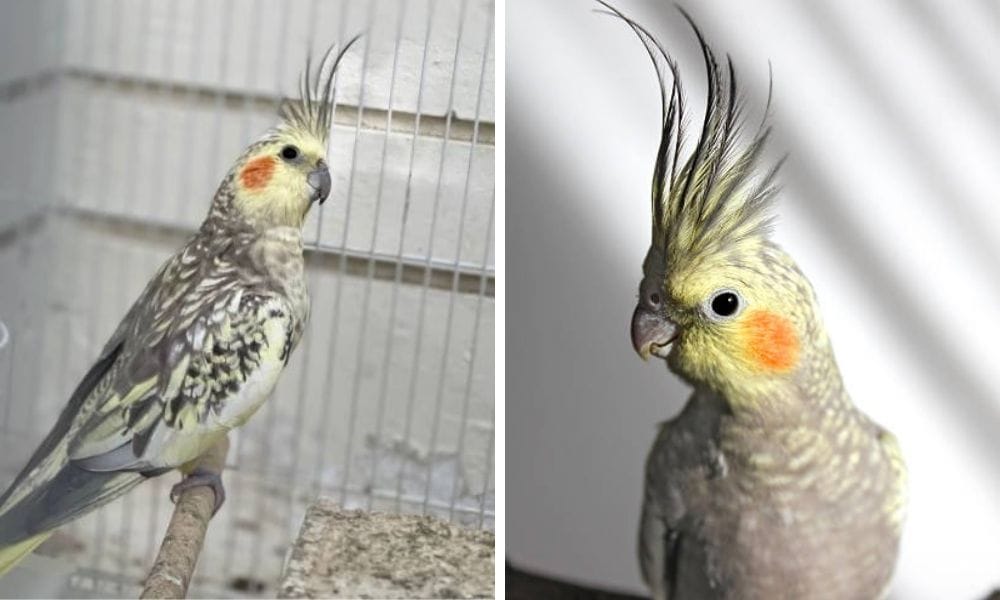
The Intricacies of Sex-Related Genetic Mutations in Pearl Cockatiels
Pearl cockatiels exhibit a fascinating phenomenon known as sex-related genetic mutations. This is particularly evident in their plumage, where males and females can display distinct patterns and colors. For instance, after the first molt, males may lose their pearling – those beautiful spots and streaks on their feathers – and adopt a more uniform coloration. Females, on the other hand, tend to retain their intricate pearl patterns throughout their lives. This sex-linked trait is a handy clue for owners trying to determine the gender of their feathered friends without resorting to DNA testing.
Understanding these genetic intricacies is not just about appreciating the bird's beauty; it's also crucial for breeding purposes. Breeders aiming to produce specific color variations, such as the pied whiteface or other mixed mutations, must have a deep understanding of how these sex-linked traits are passed down. It's a delicate dance of genetics that can result in a stunning array of pearl cockatiel offspring, each with their unique feather tapestry. Image credit for these magnificent birds often goes to skilled photographers and breeders who showcase the diversity of pearl cockatiel mutations online.
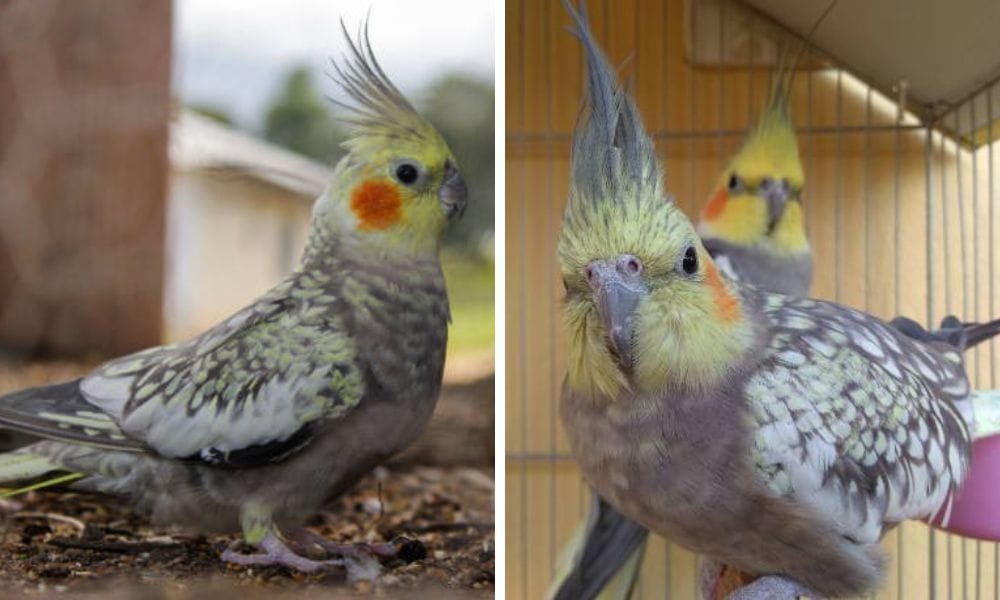
Wings Slightly: The Subtle Art of Cockatiel Wing Care
When it comes to pearl cockatiels, even the smallest detail matters – and that includes their wings. Wings slightly open or drooping can be a sign of discomfort or illness, so it's crucial for owners to pay close attention to their cockatiel's body language and feather condition. Regular wing clipping is a debated topic among avian enthusiasts, but if done correctly, it can prevent accidental flights that could lead to injury. However, it's essential to ensure that the clipping is done by a professional or under expert guidance to avoid harming the bird.
The description cockatiels often receive for their wings is one of grace and beauty. Their wings are not just for flight; they're also used in displays of courtship and dominance. Observing a pearl cockatiel extend its wings slightly during a happy song or an excited dance is a joy for any bird lover. Owners should provide ample space for these natural behaviors, ensuring that cages are large enough for occasional wing flapping and stretching. This not only keeps the bird physically fit but also mentally stimulated, contributing to overall well-being.
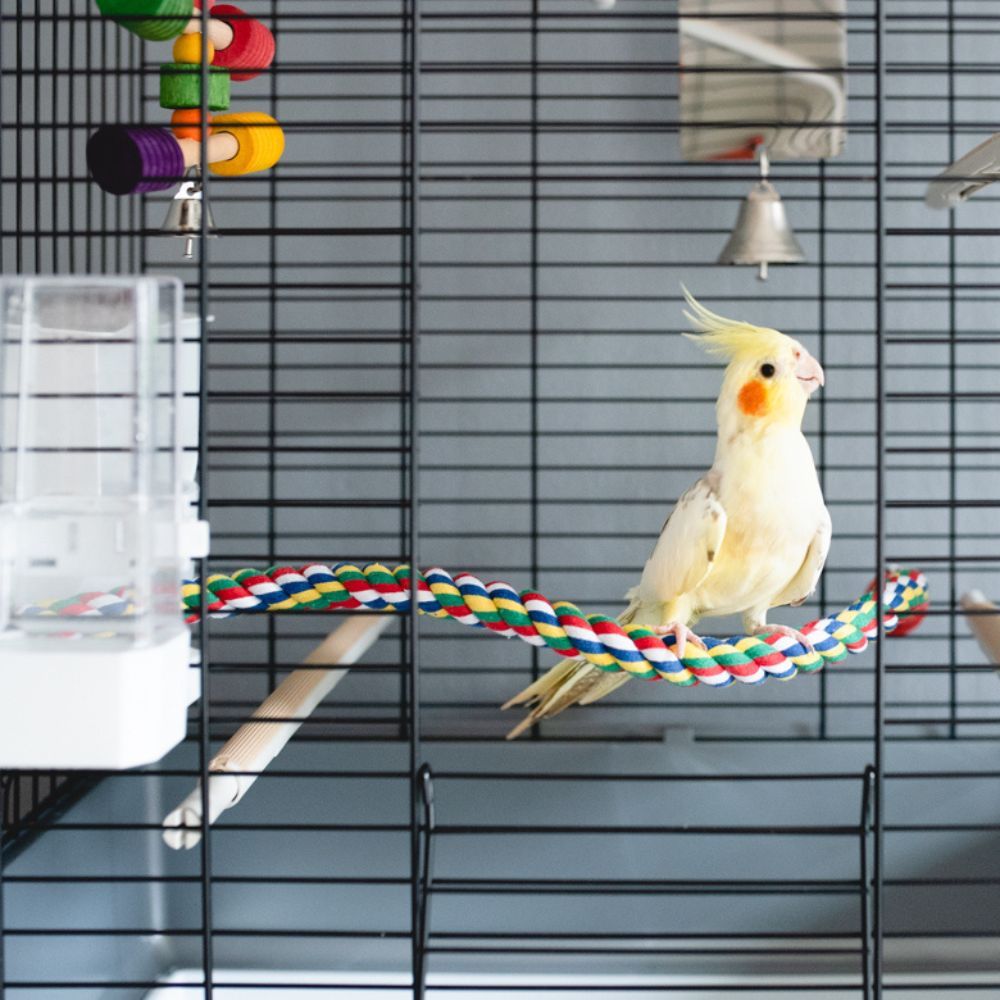
Cockatiel Health and Genetic Considerations
When it comes to cockatiel health, understanding the genetic makeup is crucial. For instance, wider pelvic bones in female cockatiels are not just a sex-linked trait but also a practical aspect to consider for breeding purposes. The genetic puzzle extends to the health concerns specific to certain mutations. For example, clear pied and pearly whiteface varieties may be more susceptible to certain conditions due to their genetic predispositions. It's important for owners to be aware of these nuances to provide the best care for their feathered friends.
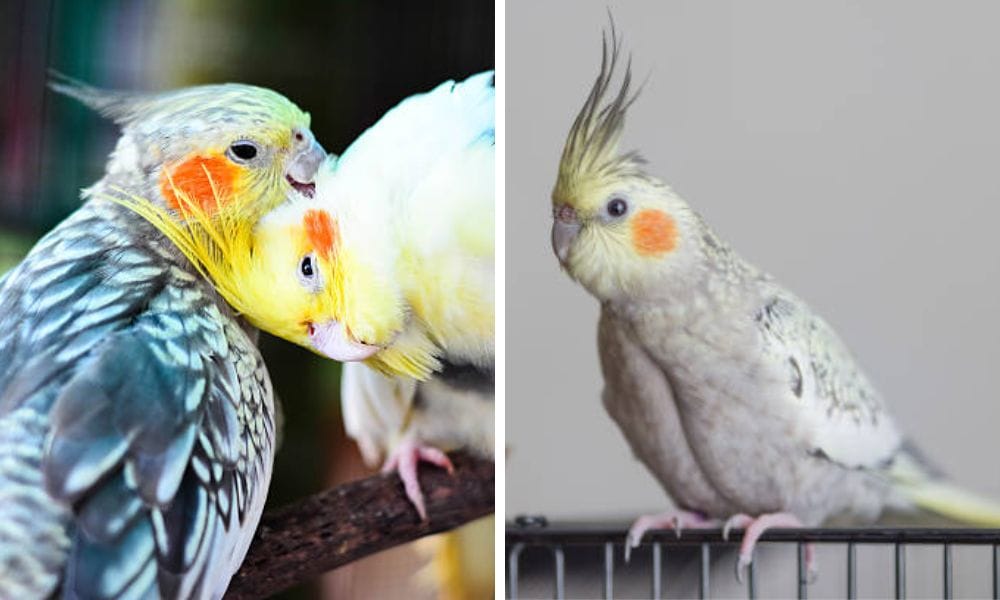
Moreover, the genetic diversity among pearl cockatiels, such as yellow faces and those with colored bars, can influence their care requirements. For instance, some mutations may be more sensitive to environmental factors like pesticide residue, which means owners need to be extra vigilant about their bird's exposure. Alarm clocks for the avian world, these birds are sensitive to changes in their environment, and their health can serve as an indicator of their habitat's condition. By understanding the genetic implications, owners can better monitor their cockatiels' health and ensure they thrive in their home environment.
The Genetic Puzzle of Pearl Cockatiels
Understanding the genetics behind pearl cockatiels can be quite fascinating for bird owners. The pearl trait is a sex-linked mutation, which means it is associated with the sex chromosomes. In cockatiels, this results in some interesting patterns of inheritance. For instance, if a male pearly cockatiel (which carries only one X chromosome) is mated with a normal female, all the female offspring will inherit the pearl trait, becoming pearly cockatiels themselves. However, the male offspring will not display the trait, although they will be carriers. This is because males need to inherit the mutation from both parents to visually express the pattern, while females only need one copy due to their XX chromosome configuration.
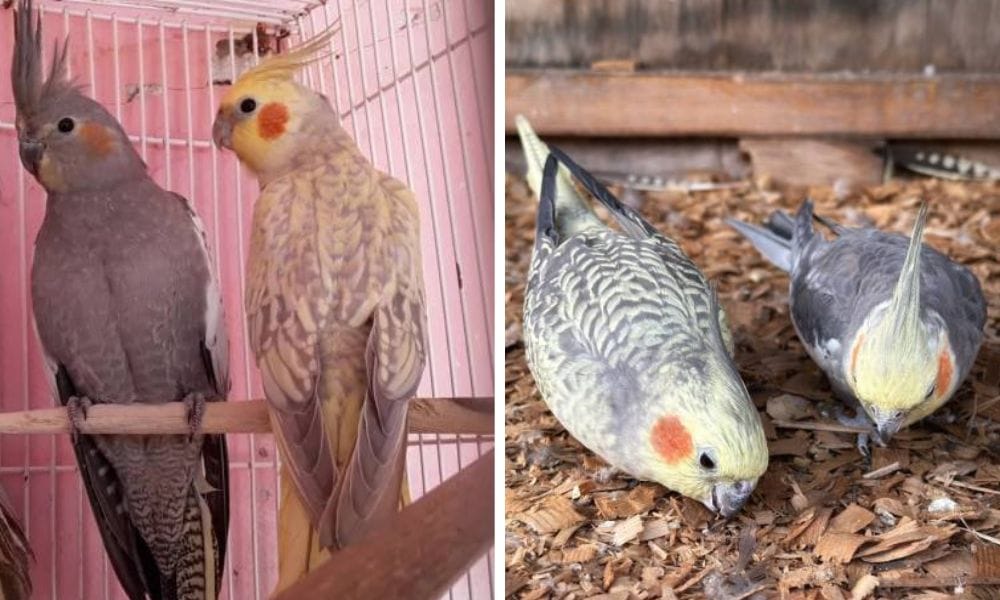
Many breeders are particularly interested in the breeding outcomes of pairing different mutations. For example, when a lutino cockatiel, known for its yellow white bird appearance and red or orange cheek patches, is crossed with a pearl, the resulting offspring can exhibit a stunning combination of both traits. Similarly, breeding a white faced cockatiel with a pearl can result in offspring with a striking white appearance and the distinctive pearly patterns. These breeding practices not only contribute to the variety of appearances in pet cockatiels but also to our understanding of avian genetics. It's a continuous learning process for many bird owners, as each clutch of young birds can reveal new insights into the inheritance of these beautiful traits.
Understanding Molting
Molting is a natural process where birds shed old feathers and grow new ones. During this time, your pearl cockatiel may appear less vibrant, and its behavior may change. Provide extra nutrition and be gentle with handling during molts.
Health Monitoring
Regularly check your pearl cockatiel for signs of illness, such as nasal discharge, red eyes, or changes in droppings. A healthy bird should be alert, active, and have smooth, clean feathers. Consult a veterinarian if you notice any concerning symptoms.
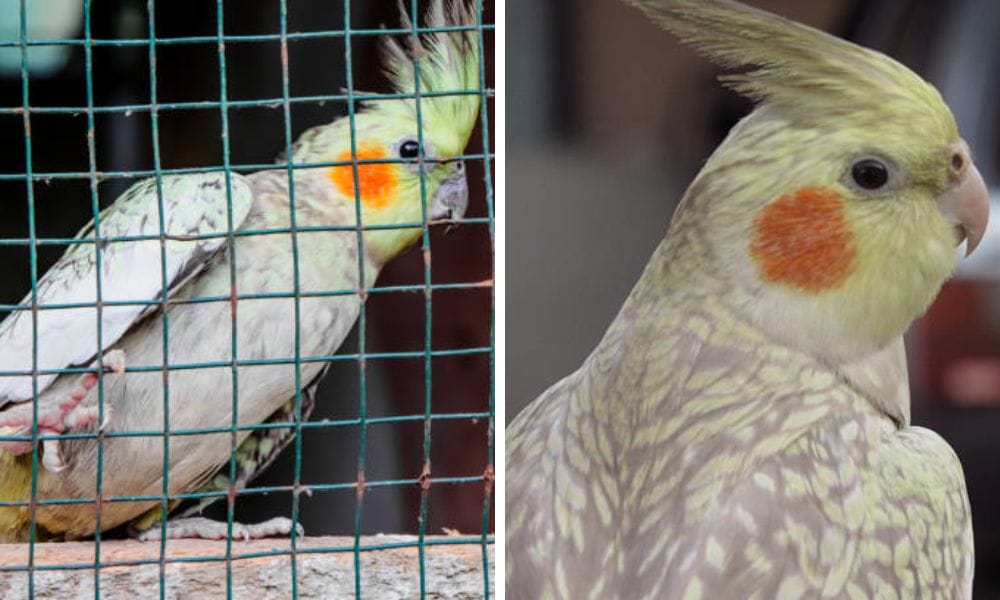
Cleaning and Maintenance
Clean the cage weekly to prevent the buildup of waste and food debris. Use bird-safe cleaning products to avoid exposing your cockatiel to harmful chemicals. Replace substrate or lining at the bottom of the cage to maintain hygiene.

Nighttime Habits
Pearl cockatiels need a consistent sleep schedule. Provide a quiet, dark environment for your bird to rest at night. Covering the cage can help signal that it's time to sleep and provide a sense of security.

Breeding Considerations
If you plan to breed pearl cockatiels, understand that breeding requires a significant commitment. Provide a nesting box and ensure the breeding pair is healthy and well-nourished. Consult with a breeder or veterinarian for specific advice.
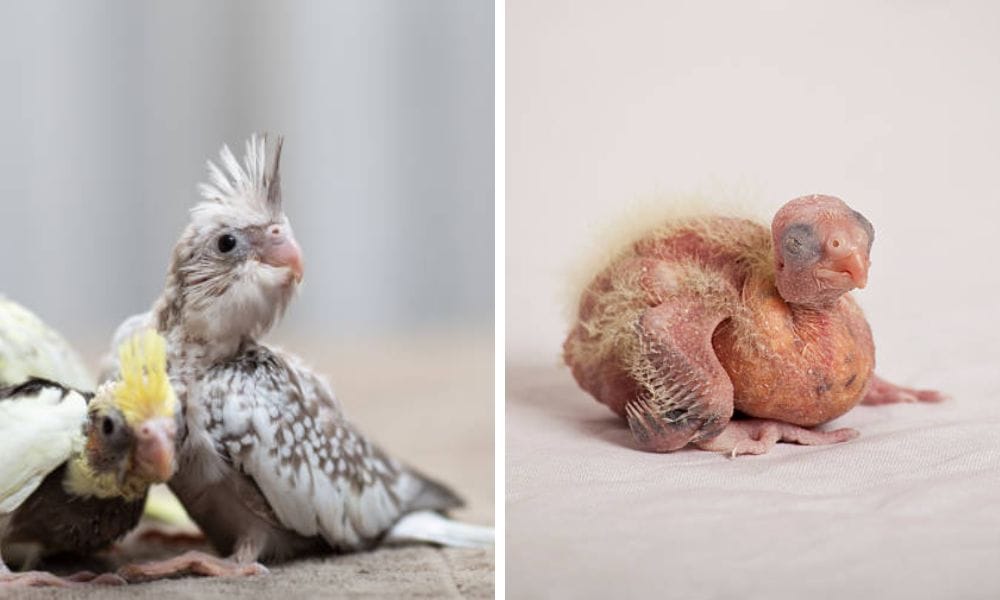
Handling and Training
Gentle handling from a young age can help your pearl cockatiel become comfortable with human interaction. Use positive reinforcement techniques for training, rewarding good behavior with treats and praise.
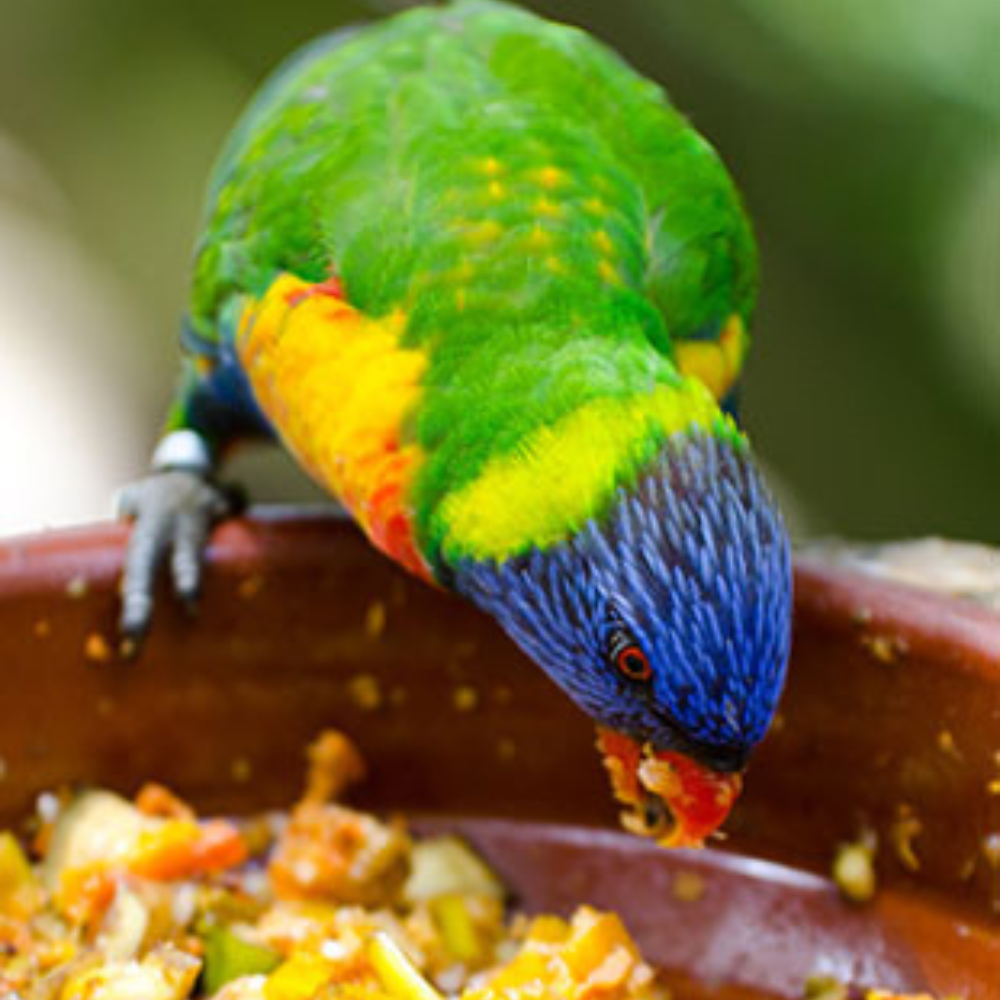
Preventing Bad Habits
Boredom or stress can lead to bad habits like feather plucking. Prevent these by providing a stimulating environment, plenty of attention, and addressing any potential stressors in your bird's life.
Seasonal Changes
Be aware of how seasonal changes can affect your pearl cockatiel. Adjust lighting and temperature in the habitat as needed, and provide opportunities for bathing to help with feather health.
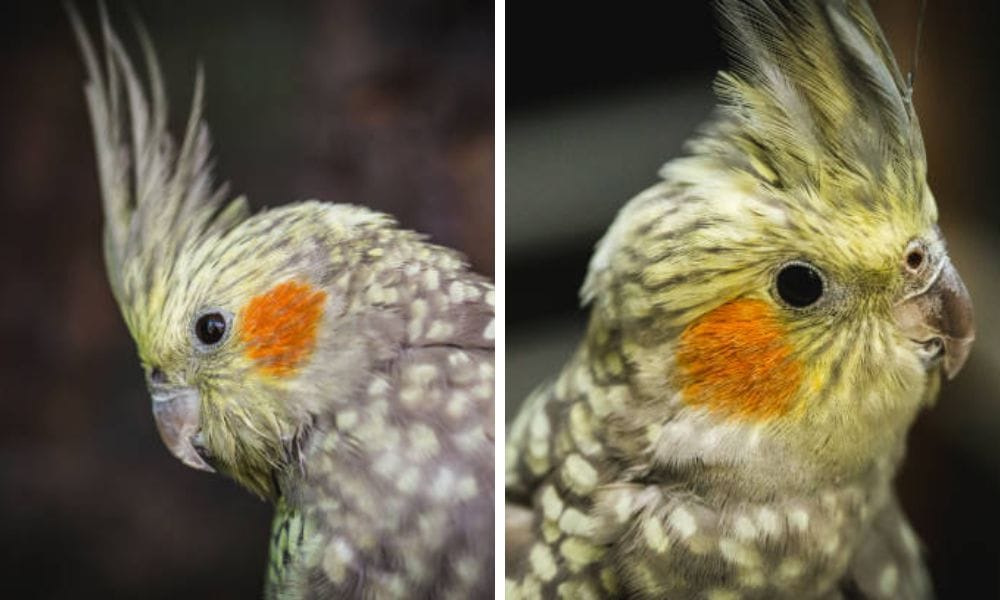
Traveling with Your Cockatiel
If you need to travel with your pearl cockatiel, invest in a secure travel cage. Prepare your bird for travel by acclimating it to the travel cage and ensuring it has access to food and water.
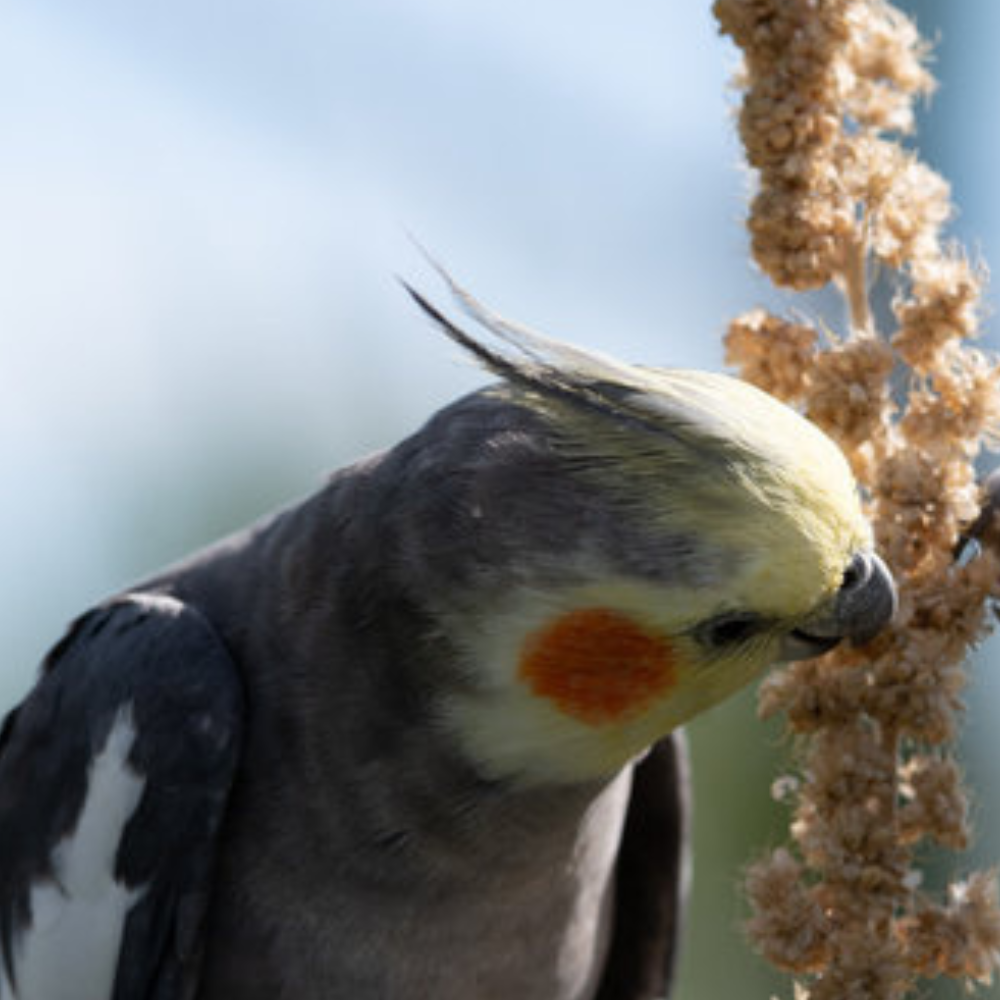
Summary
Creating an ideal habitat for your pearl cockatiel involves understanding their specific needs and behaviors. A spacious cage, balanced diet, social interaction, and regular health checks are key components. By providing a stimulating environment and proper care, you can ensure your feathered friend lives a happy and healthy life.
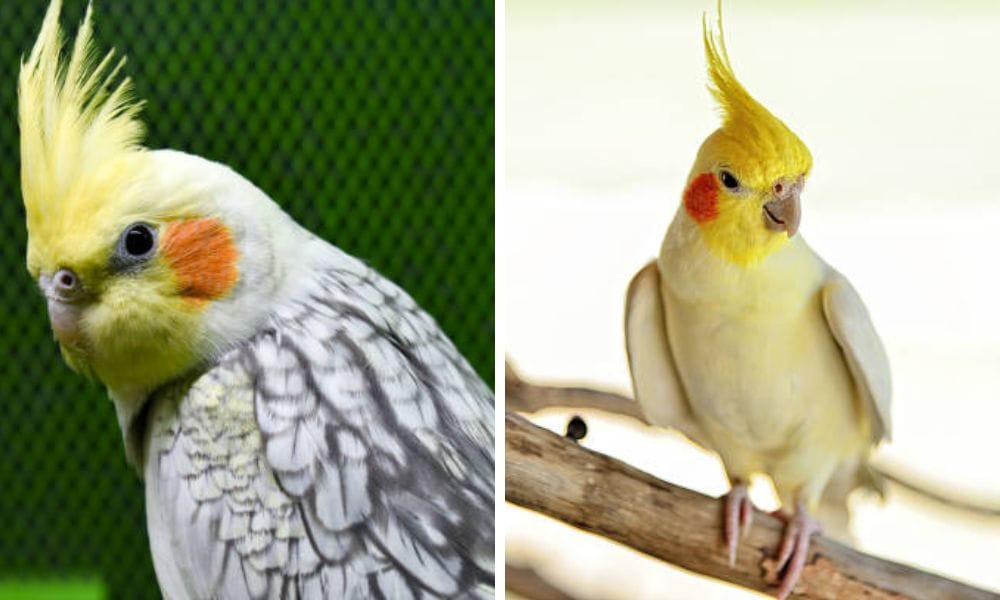
FAQ Section
Q: How often should I clean my pearl cockatiel's cage? A: Clean the cage thoroughly at least once a week, with daily spot cleaning to remove waste and uneaten food.
Q: Can male pearl cockatiels retain their pearl patterns? A: Male pearl cockatiels typically lose their pearl patterns after their first molt, revealing more of the grey feathers underneath.
Q: What are some common health issues to watch for in pearl cockatiels? A: Keep an eye out for signs of fatty liver disease, respiratory infections, and feather plucking. Regular veterinary check-ups can help catch and treat issues early.

